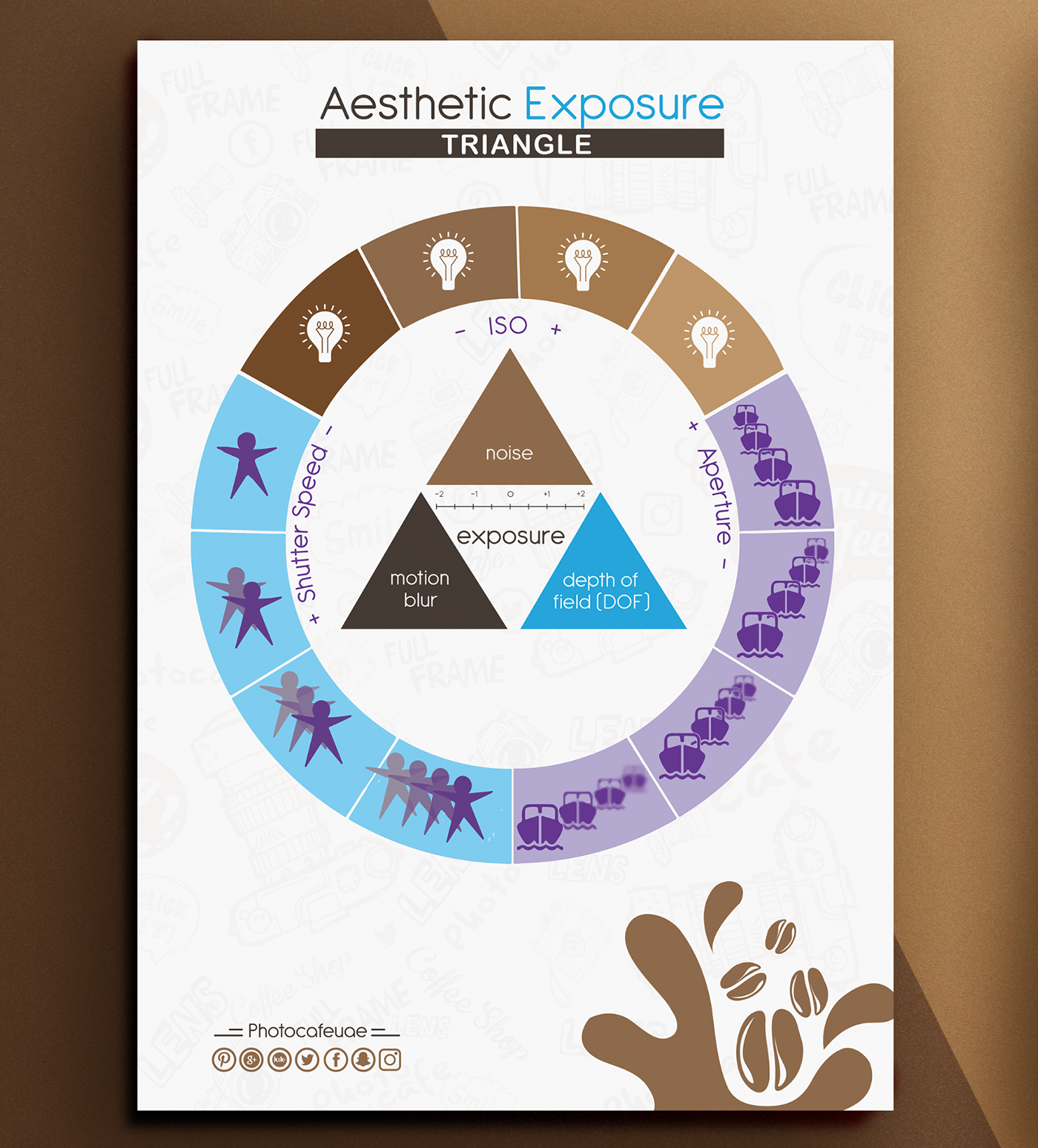Photography Tips For Beginners: Grasping Your Electronic Camera In No Time
Photography Tips For Beginners: Grasping Your Electronic Camera In No Time
Blog Article
Short Article By-Christian Turan
When you first grab your electronic camera, it can really feel overwhelming with all the setups and alternatives available. You could find yourself questioning exactly how to navigate aperture, shutter rate, and ISO properly. Understanding these basics is vital, however there's even more to digital photography than simply technical knowledge. Understanding structure strategies and lighting problems can elevate your images significantly. So, what happens if you could discover basic techniques to improve your abilities and begin catching remarkable images earlier than you assume? Allow's check out how to transform your photography journey.
Recognizing Electronic Camera Settings
Comprehending your camera settings is essential for capturing sensational pictures. When you grab your cam, familiarize yourself with the three main setups: aperture, shutter rate, and ISO. Each plays an essential role in just how your pictures end up.
Beginning with aperture, which controls the amount of light going into the lens. A bigger aperture (lower f-number) lets in much more light and creates an attractive history blur, excellent for pictures. Conversely, a narrower aperture (greater f-number) maintains more of the scene in focus, ideal for landscapes.
Next off, focus on shutter rate. This setting figures out for how long your cam's sensing unit is subjected to light. A fast shutter rate freezes movement, which is excellent for action shots, while a slow shutter rate can create stunning results like smooth water in landscapes.
Finally, adjust your ISO. This setup influences your camera's level of sensitivity to light. A higher ISO serves in low-light circumstances however can introduce noise or grain. Go for the lowest ISO possible while still accomplishing proper direct exposure.
Structure Strategies
When you're out capturing, make-up can make all the distinction in exactly how your images resonate with visitors. Beginning by utilizing the policy of thirds; picture your framework divided into nine equivalent sections with 2 horizontal and two vertical lines. Position key elements along these lines or at their intersections to produce balance and interest.
Next off, consider leading lines. These all-natural lines in your scene, like roadways or rivers, draw the visitor's eye into the picture, directing them via the tale you're informing.
Don't forget framing; usage aspects within your scene, like trees or windows, to develop a structure around your topic, including deepness and emphasis.
Likewise, watch on your history. A chaotic history can distract from your main subject, while a basic one helps it stand out.
Last but not least, explore symmetry and patterns; they can develop a striking image that catches interest.
Learning Lighting Conditions
Understanding illumination problems is essential for catching magnificent photographs, as the best light can transform an average scene into something phenomenal.
Beginning by observing all-natural light at different times of the day. Mornings and late afternoons provide the very best light, referred to as the golden hour. The soft, warm tones throughout these times can improve your pictures perfectly.
https://www.shuttertalk.com/camera-lenses-explained/ shy away from overcast days either; diffused light can reduce severe shadows and create a pleasing effect, particularly for portraits.
Try out backlighting by positioning your topic versus the source of light. https://postheaven.net/sherrireynaldo/necessary-digital-photography-gear-what-you-really-need-to-start can develop a dreamy halo result and include deepness to your photos.
Focus on your camera settings too. Change the ISO, aperture, and shutter rate to suit the lights problems. A higher ISO can help in low light, however beware of grain.
Utilize a tripod in darker atmospheres to prevent blur.
Last but not least, do not forget man-made illumination. Flash and constant lights can be terrific tools for regulating light in challenging conditions.
Final thought
Finally, mastering your cam does not have to be overwhelming. By recognizing your settings, applying structure techniques, and taking advantage of the power of all-natural light, you'll quickly elevate your photography skills. Remember, https://telegra.ph/Digital-Photographers-Usually-Overlook-Crucial-Fundamentals-That-Can-Prevent-Their-Development-Discover-Necessary-Ideas-To-Boost-01-09 makes perfect, so venture out there and experiment with your newfound expertise. With time and devotion, you'll be catching spectacular images that show your unique viewpoint. Take pleasure in the journey, and do not fail to remember to have fun while you go to it!
